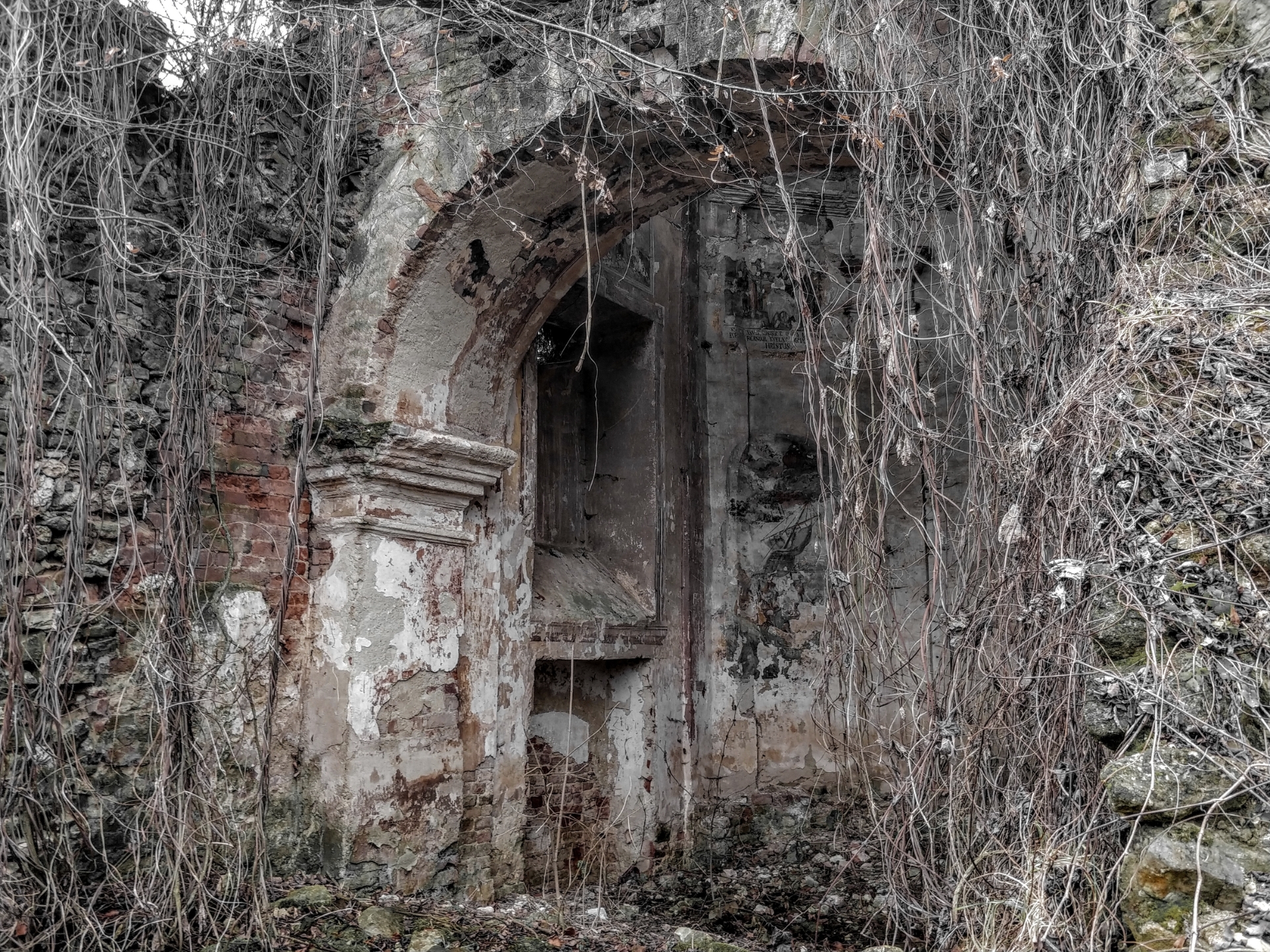Bisag was once a fortress, a castle, and a place of inspiration. Nowadays, all that is left of this glorious old castle are the remnants of two towers and a chapel in which several wall paintings, including scenes from the life of Christ, are still intact.. In a crypt under those ruins lie the remains of Count Edgar de Corberon, a great hero and diplomat whose dying wish was to be buried in his favorite place, Bisag Castle.
What’s left of Bisag Castle can be found in the small town of Bisag (Varaždin County) in the Zagorje region of Croatia, about 35 kilometers north-east of Zagreb, the capital of the country.

The history of this medieval fortress, which was later converted into a baroque-style castle, dates back centuriesis very old. Although the exact date of its construction is unknown, historical documents reveal that it existed as a fortified city at the end of the 14th century. In the 15th century, it was the most important burg along the Lonja River. In the 16th and 17th centuries, Bisag became a castrum full of life. Some time after 1918, the castle was partially demolished and then restored. During World War II, it was burned down in a fire and remains in a dismal state to this day.
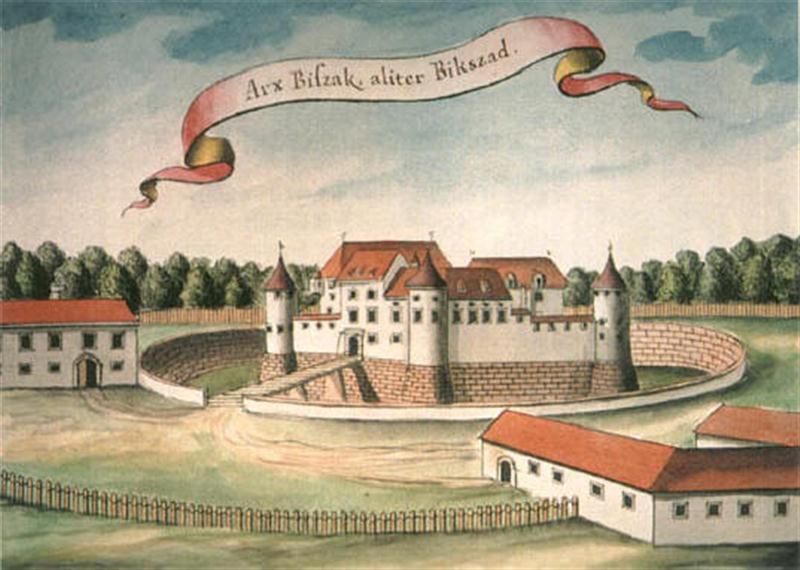
Although Bisag is located along the main road and is an important historic monument, no one has shown interest in its reconstruction, so it has been left to ruins.
The medieval city was shaped like a square with four circular towers at the corners and a rectangular tower rising in the middle of the entrance facade. It was surrounded by a ditch that can still be seen today, and at one point there was also a bridge leading into the city.
Ownership of Bisag has changed many times through its tumultuous history. Owners include the Drašković Trakoščanski noble family who owned the castle for about 100 years. It was the Patačić family, however, that held Bisag in their possession the longest. Some of Bisag’s oldest owners were the Bisaški (Bikszadi) and Kaštelanović families. The Drasković family owned the castle until the end of the 19th century when it fell into the hands of a Hungarian bank due to outstanding debt. At one point, it was home to Croatian writer Milan Begović, who wrote the lyrics to the famous Croatian opera Ero s onoga svijeta (Ero the Joker, literally Ero from the other world).
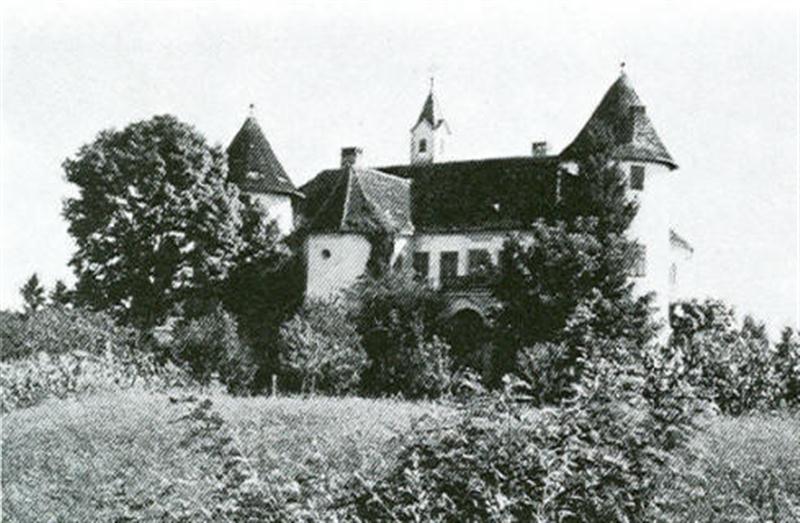
Very important to the castle’s history is Count Edgar Bouree de Corberon, who is still buried in its crypt. Stories tell of people having defiled Corberon’s grave several times while looking for valuables. This vandalism resulted in the spirit of Count Edgar de Corberon taking control of the Lonja River causing it to flood the surrounding area. After that happened, people started lighting candles in St. Florian’s chapel to pray for Corberon’s soul.
Count Edgar Bourée de Corberon (1807-1861) descended from an old French noble family. He was born in Troissereux, Oise department in northern France and was both a polyglot as well as an interesting Croatian intellectual. He came to Zagreb in 1845 and settled in Januševac Castle, the most beautiful Croatian palace at that time. He was a good friend of Croatia’s Ban Josip Jelačić. In his letters to Hannover King Ernest August I which were written in French, Corberon wrote about Croatia as his second homeland and the dangers of intense Magyarization (Hungarization) in the turbulent years around 1848.
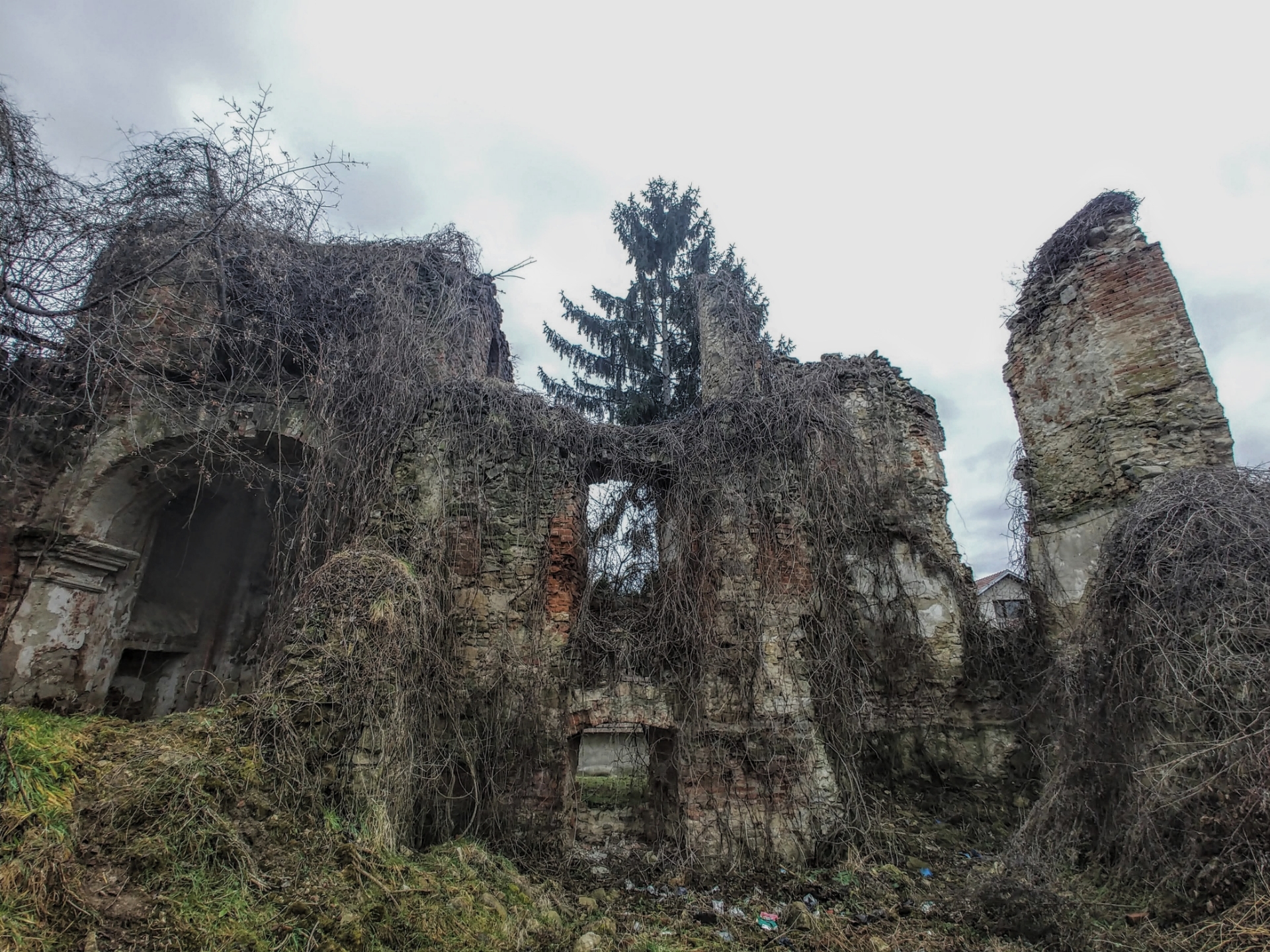
Corberon’s generous financial support of various Croatian institutions resulted in him leaving the Januševac palace and settling in Bisag. In 1851-52 he urged Ban Josip Jelačić to fully reestablish the University of Zagreb after the Faculty of Philosophy was closed in 1850. He offered his collaboration as a potential lecturer. When he witnessed an epidemic of typhus and cholera in Croatia in 1851 he asked Austrian monarchy officials to open the Faculty of Medicine in Zagreb. The Faculty of Medicine, unfortunately, did not open until 1917, during the reign of Emperor Franz Joseph I.
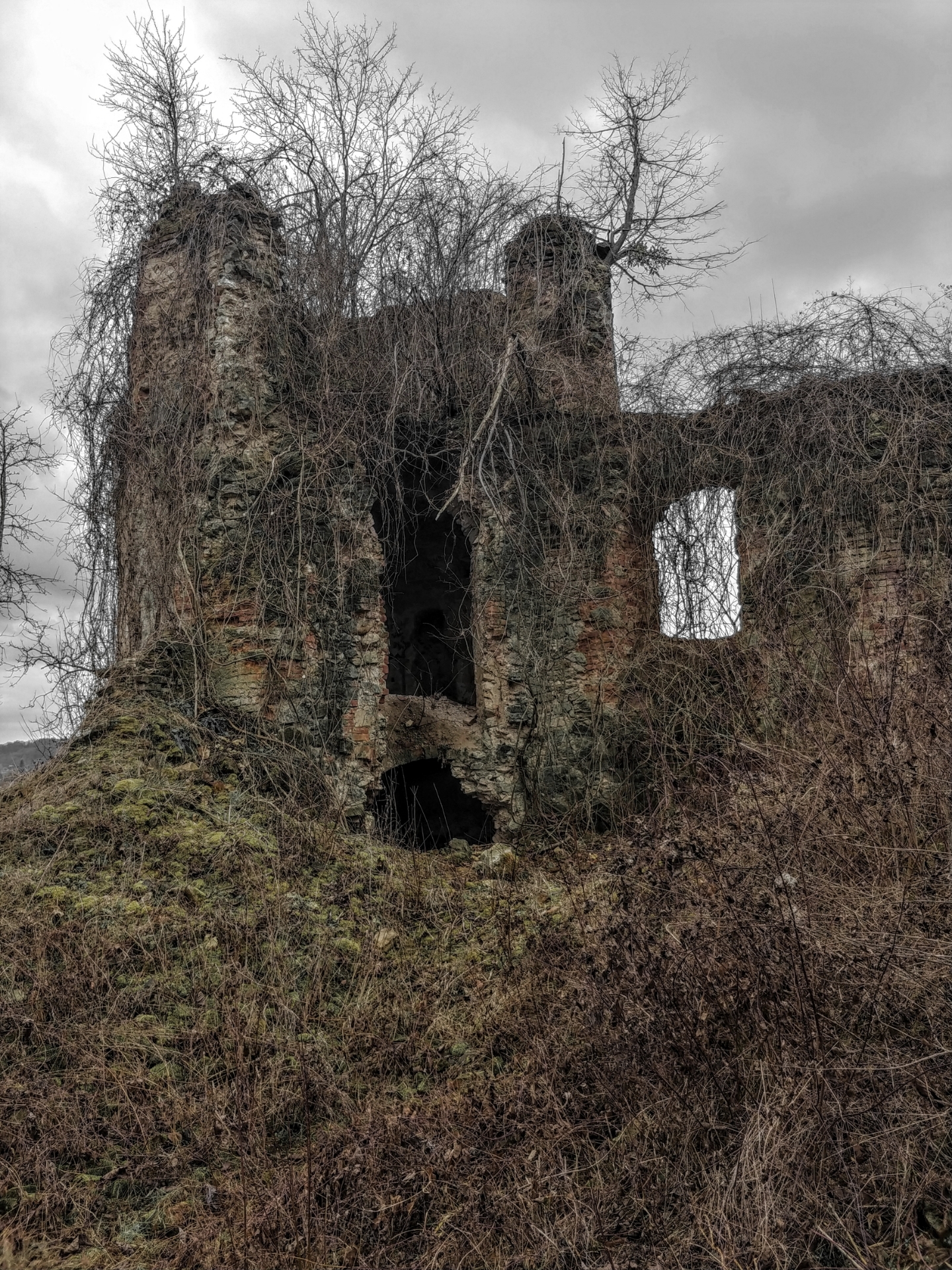
By the end of his life, Corberon managed to draft a program for the expansion of the Royal Academy, but his sudden illness and then death prevented him from completing his work. According to his last will, he wanted to be buried in Croatia in Bisag. How much he loved his new homeland can be seen from the fact that even obituary notices in his native Troisseraux in France were published in Croatian.

Would you like to visit this location? Book a private adventure tour and choose from a list of must – visit secret locations in Croatia with unique stories, contact us now for quotes and arrangements! Find out more about custom adventure tours in Croatia.


